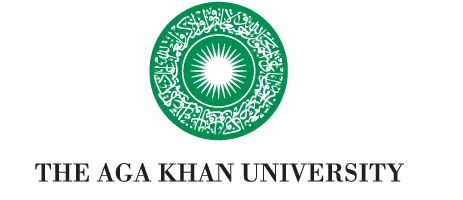The Media Council of Kenya (MCK), commissioned a report on the Status of Media 2021 aimed at providing insights on the performance of the media industry in Kenya. Data was collected across the 47 counties, from a sample of 3,589 people.
At 117 pages, the report covered all aspects of how and why the research was conducted to interrogating the impact of social media on Covid 19. While broad the report was found to be lacking in certain areas i.e. the number of people surveyed vis-à-vis the population of Kenya, the interrogation of why certain mediums were losing audiences, the impact of vernacular media etc.
In response to these queries the Graduate School of Media and Communications (GSMC) at the Aga Khan University (AKU) invited the MCK to discuss the findings. Reflecting on the reason for the gathering, GSMC's Interim Dean, Prof Nancy Booker stated “it is really important for academia to interrogate the report and establish whether the findings can be generalizable and used by policy actors and academia. The media industry can also benefit once they know that the findings are above reproach."
The discussions were aimed at interrogating the findings of the report, the methodology and generating knowledge on how the media industry, academia and policy actors can utilise the findings.
Prof. George Nyabuga, Associate Professor at GSMC ascertained the importance of using more than one method to arrive at research findings. “The data should corroborate, through different methods, and ensure the tool and data are reliable. But as you head out to research, you must ask yourself who you want to inform by the study, so that they find value in it," he said.
Unsurprisingly the Study found that social media consumption has grown from 10% to 24% in the last two years. According to the survey more respondents rely on family, friends, relatives, newspapers and online news platforms than on TV and radio to get their news. The reliance on friends and families to share information is understood to make them more susceptible to misinformation and disinformation, as perceptions and opinions by and large accompany the news shared.
The main sources of news according to the study was television (47%) followed by radio (36%), then social media (10%), family/friends/colleagues (4%), internet (2%) and newspapers (1%).
In terms of social media usage, WhatsApp emerged at the most widely used at 42%followed closely by Facebook at 41%, dwindling to 12 % for Twitter 11% for Instagram and tailed by YouTube at9%.
“This is the first time the report has generated this kind of interest since 2018 when we started releasing these reports. It is a great opportunity to amplify the research and get feedback," stated Leo Mutisya, the Manager Research Planning and Strategy, Media Council of Kenya.
To read the full report, click here.

